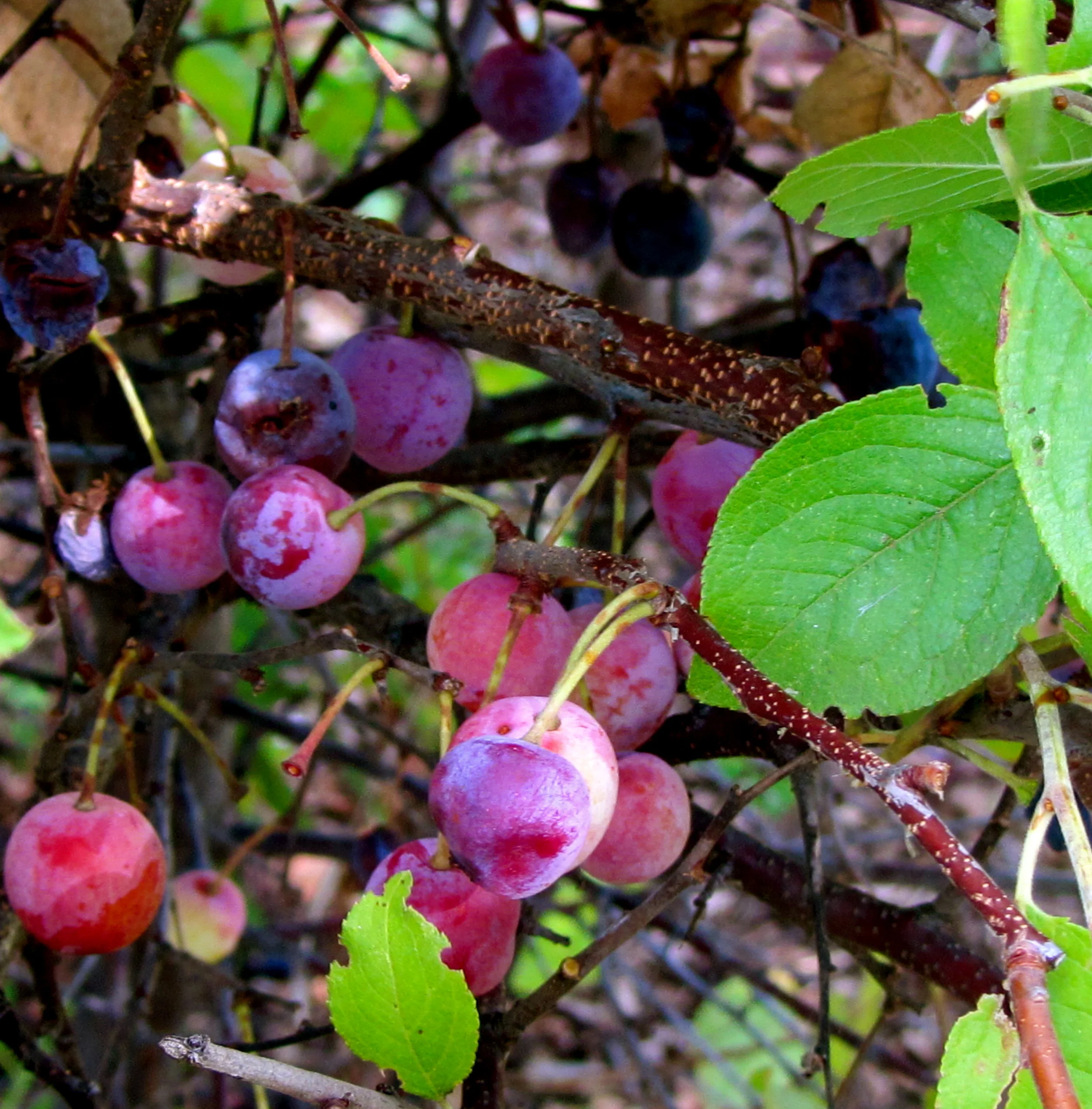Cattails have been called nature's supermarket because every part of this plant can be prepared as food or supplies.
The pollen that forms on the male flower head has the texture of pastry or bread flour and has been used in pancake and biscuit recipes for millennia.
Searching online for a cattail pollen cookie recipe, asking fellow foragers and posting to social media foraging groups yielded no cookie recipe.
There was nothing else for me to do but embrace the opportunity, and invent cattail pollen cookies.
Find my step-by-step directions for harvesting cattail pollen after the recipe.
Once you get home, the cattail pollen has to be sifted two or three times to remove bits of seed head fluff or any other non-pollen material. But once you sift the golden yellow powder, it's ready for use. Cattail pollen has remained fresh in my freezer for over two years. If it's in the refrigerator, it gets eaten within a few weeks, not because it is perishable, but because pollen is also delicious in salads, cereal and even as a thickener for soups and stews.
Here is my standard basic cookie recipe which makes it easy to create variations on the theme:
JJ's Basic Cookie Recipe 1/2 cup coconut oil
3/4 cups of sugar - I use turbinado sugar
1 egg
1-1/2 cups of unsifted pastry flour
1-1/2 tsp baking powder
1/2 tsp salt
1 tbs flavor:
vanilla, maple syrup, rose water, or hazelnut
1/2 cup texture:
rose petals, pecans, walnuts, butternuts, cacao nibs, dates, coconut, oatmeal
JJ's Recipe Revamp
In this recipe I did not want any flavors or textures to compete with the cattail pollen so my revamp of myself used:
1/2 cup coconut oil
3/4 cup white sugar
1 tsp vanilla
1 egg
10 oz unsifted pastry flour
2 oz cattail pollen
1-1/2 tsp baking powder
1/2 tsp salt
Timeline Late Spring to Early Summer: Once a year cattails produce pollen, usually in June in Northeast part of North America. Gather pollen when you see the top male cattail heads covered in bright yellow pollen. You can store the pollen in a freezer for at least one year.
Once harvested, sift the pollen to remove any bits of fluffy cattail flower head or other material. Once sifted, store in air tight containers in the freezer.
One Hour Before: Combine coconut oil (or butter if you prefer) and sugar. If you use white sugar, the cookie may swell in size while baking. Combine flour, cattail pollen, baking powder and salt. Add dry ingredients to wet ingredients. Mix thoroughly and let the mixture cool in the refrigerator for 20-30 minutes.
Thirty Minutes Before: Line a baking sheet with parchment paper.
Heat oven to 300 degrees
Remove mixture from refrigerator and make walnut size balls of dough
Place on cookie sheet and flatten to about 1/4 inch thick
15 Minutes Before: Put cookies in preheated oven and bake 10 - 15 minutes, until underside of cookie is golden brown. Remove from oven and let cookies cool before putting them on a dish. Serve and enjoy!
How to Harvest Cattail Pollen What You Will Need: -Long thin bags, like a paper baguette bag
-Waders or other footwear to wade into wetlands
-Cattails growing in an area with no visible signs of pollution
Cattails typically grow in dense clusters, which makes foraging easier, but they grow in wetlands, marshes and other moist areas, which makes foraging a bit more of a challenge.
Cattails are part of Nature's clean-up crew, so look for a stand of cattails in an area that is not near a waste treatment plant or other industrial activity.
The brown cigar-shaped seed head is an unmistakable identifying feature of cattail. In the winter, these brown seed heads turn into a white fluff, which makes it easy to locate a stand of cattails before the tender shoots emerge in the spring.
Some people create small ponds as part of the landscape design on their property. It's possible to transplant the cattail rhizomes and grow them in these ponds.
When it comes to collecting cattail pollen, if you listen to the prevailing advice and shake the pollen into a paper or plastic bag, some of the pollen will land in the bag. A lot more will fly in to the air and land on you. A better strategy is to cover the entire flower head with a
bag and cut the flower head. Those long slender bags that baguettes come in work very well for this purpose.
There is a very short window of time when the pollen is available for collecting. Some years you only have a few days. Look for the fattest seed heads for the most pollen.
Once you have collected a number of seed heads, you will need to bring them home and sift the pollen to remove and fibers or insects. The pollen can be eaten raw sprinkled on salad, cereal or added to yoghurt. It can also be added as a thickener to soups and stews.
Some people claim it can be used as a substitute for saffron. That may be true for the color, but cattail pollen has a delicate flower taste. The fewer ingredients in the cattail pollen recipe, the more you will be able to taste the delicate cattail pollen flavor.
The pollen has no leavening agent, so when baking with it, you need to mix it with flour.
Whether you make pancakes, biscuits or cookies, the color of the dough will be a dazzling sunshine yellow.




